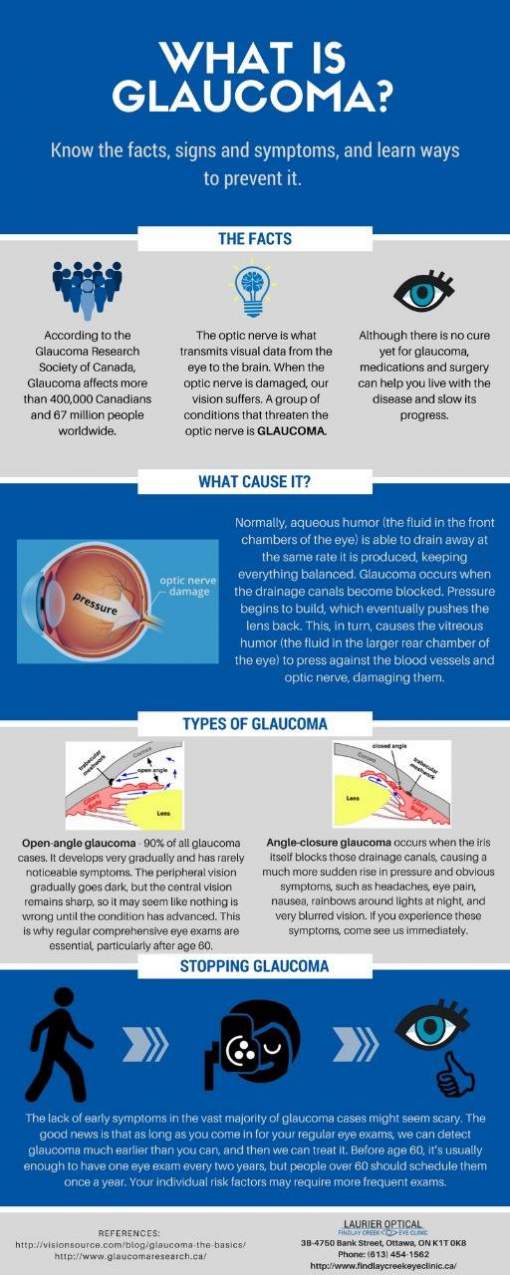Contrasting Traditional Cataract Surgery To Laser-Assisted Techniques: Benefits And Drawbacks
Contrasting Traditional Cataract Surgery To Laser-Assisted Techniques: Benefits And Drawbacks
Blog Article
Personnel Writer-Ennis Bach
When pondering the choice between standard cataract surgery and laser-assisted strategies, you might find yourself weighing the benefits and drawbacks each method offers. The decision exceeds the surface area level of expense and precision, delving right into the world of long-term outcomes and individual contentment. As you navigate via the intricacies of these two techniques, it comes to be vital to recognize the nuanced information that can substantially influence your aesthetic clarity and general experience. Stay tuned to reveal visit the up coming article that will guide your decision-making process in this vital facet of eye treatment.
Standard Cataract Surgery Benefits And Drawbacks
When considering traditional cataract surgical treatment, you might locate that it's a well-established and widely-used technique. In why laser cataract surgery , a doctor makes a little incision in the eye and utilizes ultrasound to break up the over cast lens before removing it. Once the cataract is gotten rid of, a synthetic lens is inserted to bring back clear vision.
Among the major benefits of traditional cataract surgery is its track record of success. Lots of clients have actually had their vision dramatically boosted through this treatment. Additionally, standard surgical procedure is usually covered by insurance, making it a much more obtainable option for several people.
Nevertheless, there are some downsides to conventional cataract surgical treatment also. Recovery time can be much longer compared to newer techniques, and there's a somewhat greater risk of problems such as infection or swelling. Some patients might likewise experience astigmatism or call for reading glasses post-surgery.
Laser-Assisted Techniques Pros and Cons
Checking out laser-assisted methods for cataract surgical treatment unveils a modern method that uses laser technology to carry out essential steps in the treatment. One of the main advantages of laser-assisted cataract surgical procedure is its precision. The laser allows for exceptionally accurate cuts, which can result in far better visual results. In addition, using lasers can lower the amount of ultrasound power required throughout the surgical treatment, possibly lowering the threat of problems such as corneal damages.
On related web-site , laser-assisted methods can be more costly contrasted to traditional techniques. This cost mightn't be covered by insurance, making it less available to some patients.
One more consideration is that not all cataract specialists are learnt laser innovation, which could limit your choices for choosing a surgeon.
Last but not least, while the laser can automate particular facets of the treatment, the surgery still requires a competent specialist to guarantee effective outcomes.
Relative Analysis of Both Approaches
For a detailed understanding of cataract surgical treatment strategies, it's necessary to conduct a comparative evaluation of both standard and laser-assisted techniques.
Conventional cataract surgical procedure involves hand-operated cuts and using handheld tools to break up and remove the over cast lens.
On the other hand, laser-assisted cataract surgical procedure utilizes innovative modern technology to produce exact cuts and separate the cataract with laser energy prior to removing it.
In regards to accuracy, laser-assisted strategies use a higher degree of precision compared to standard approaches. Using lasers enables customization of the procedure based upon each patient's eye makeup, possibly causing far better aesthetic end results.
However, laser-assisted cataract surgical procedure has a tendency to be much more expensive than conventional surgical procedure, which may limit accessibility for some people.
While both approaches are effective in recovering vision impaired by cataracts, the selection between traditional and laser-assisted strategies typically depends upon variables such as cost, accuracy, and private client needs.
Consulting with your ophthalmologist can help establish the most appropriate approach for your cataract surgical procedure.
Conclusion
Finally, when making a decision in between traditional cataract surgery and laser-assisted methods, take into consideration variables like expense, accuracy, and individual needs. Standard surgery provides a tried and tested track record and insurance policy coverage however might feature longer recovery times. Laser-assisted techniques offer greater precision and modification however can be more expensive and not always covered by insurance coverage. Ultimately, the choice in between the two techniques depends on what is crucial to you and your details circumstance.
